Sámi Self-Sufficiency
Tasks that are simple elsewhere become a challenge in the Arctic, but over centuries of co-existence with the extreme climate, the Sámi have learned to adapt to their world in often surprising ways.
Cover photo: Furniture, The Sámi Indigenuity Project. (Photo: Joar Nango & Silje Figenschou Thoresen)
The Sámi are the semi-nomadic indigenous people of northern Norway, Sweden, Finland and parts of Russia. Also known as Laplanders, they pursue traditional livelihoods such as reindeer herding and coastal fishing. Norwegian architect Joar Nango and artist Silje Figenschou Thoresen have been researching their culture, focusing particularly on practical examples of the self-reliance of a people with limited resources and an inherent DIY mentality.
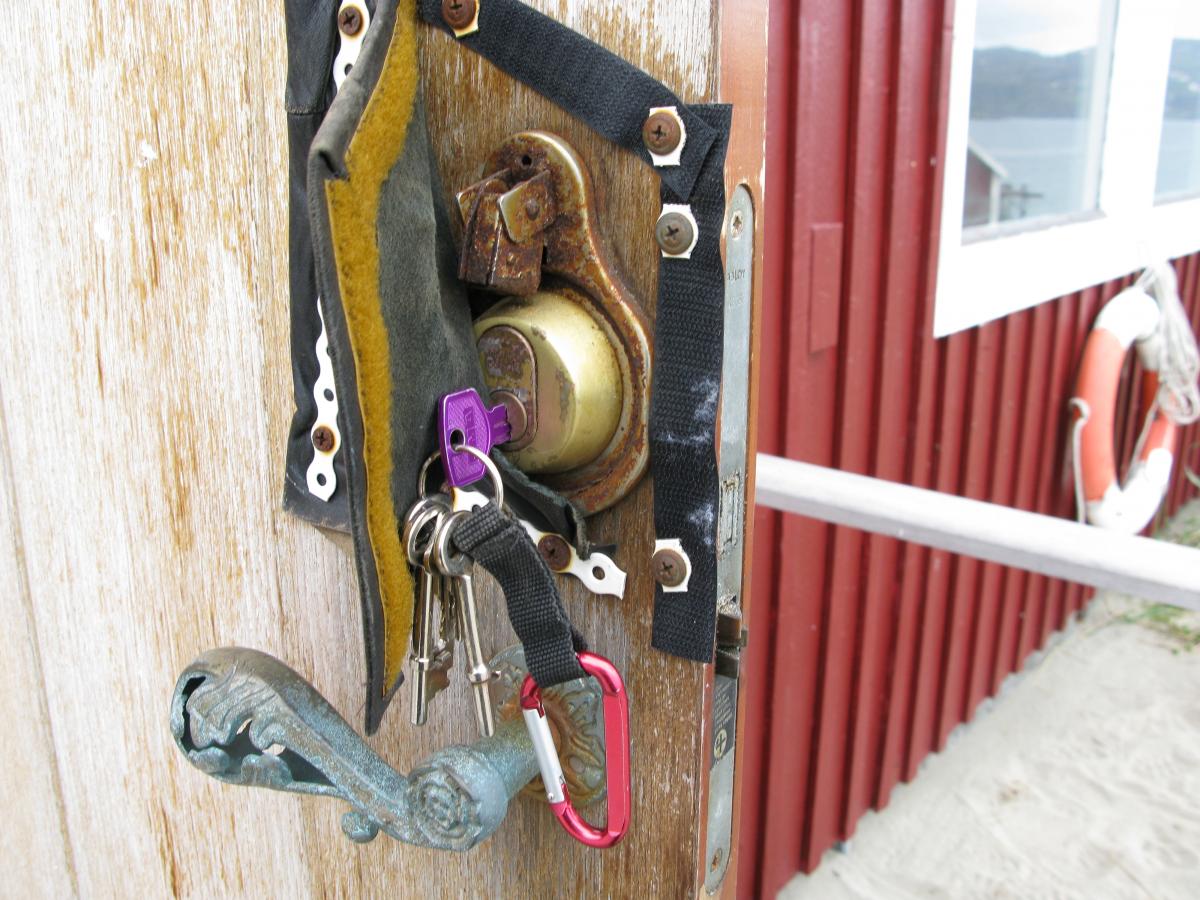
(Photo: Joar Nango & Silje Figenschou Thoresen)
Grense Jakobselv, Norway
In a climate where the average yearly temperature is below 0°C (32°F), some standard solutions require modification in order to work. Luckily someone had the bright idea to install this Velcro-based protection on the lock at the local harbour.
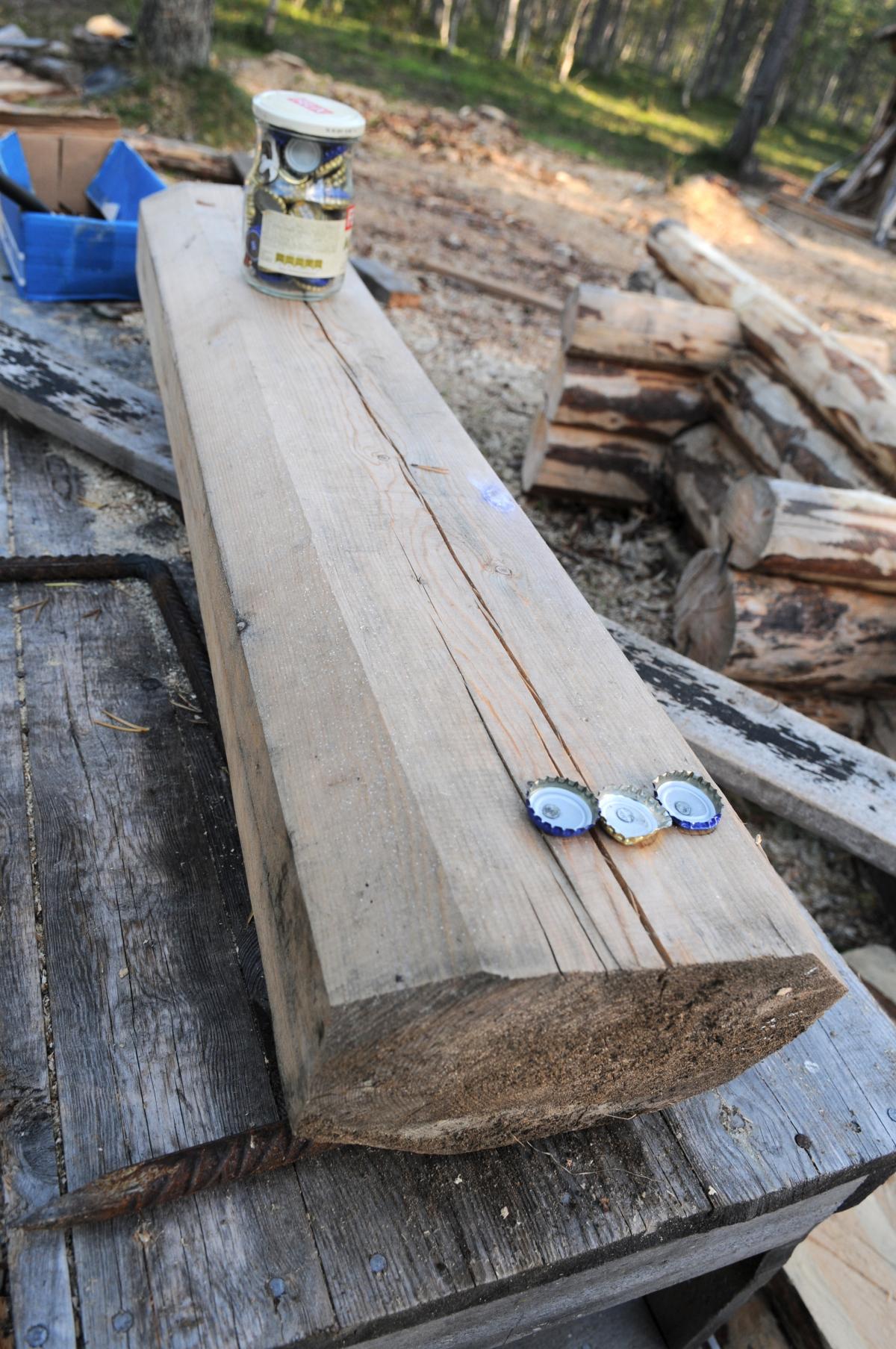
(Photo: Joar Nango & Silje Figenschou Thoresen)
Vuotso, Finland
Bottle caps are recycled and used in a number of ways, making everything from sturdy door mats to a fish-scale scraper attached to a working plank. There are always plenty of spare bottle caps to hand.
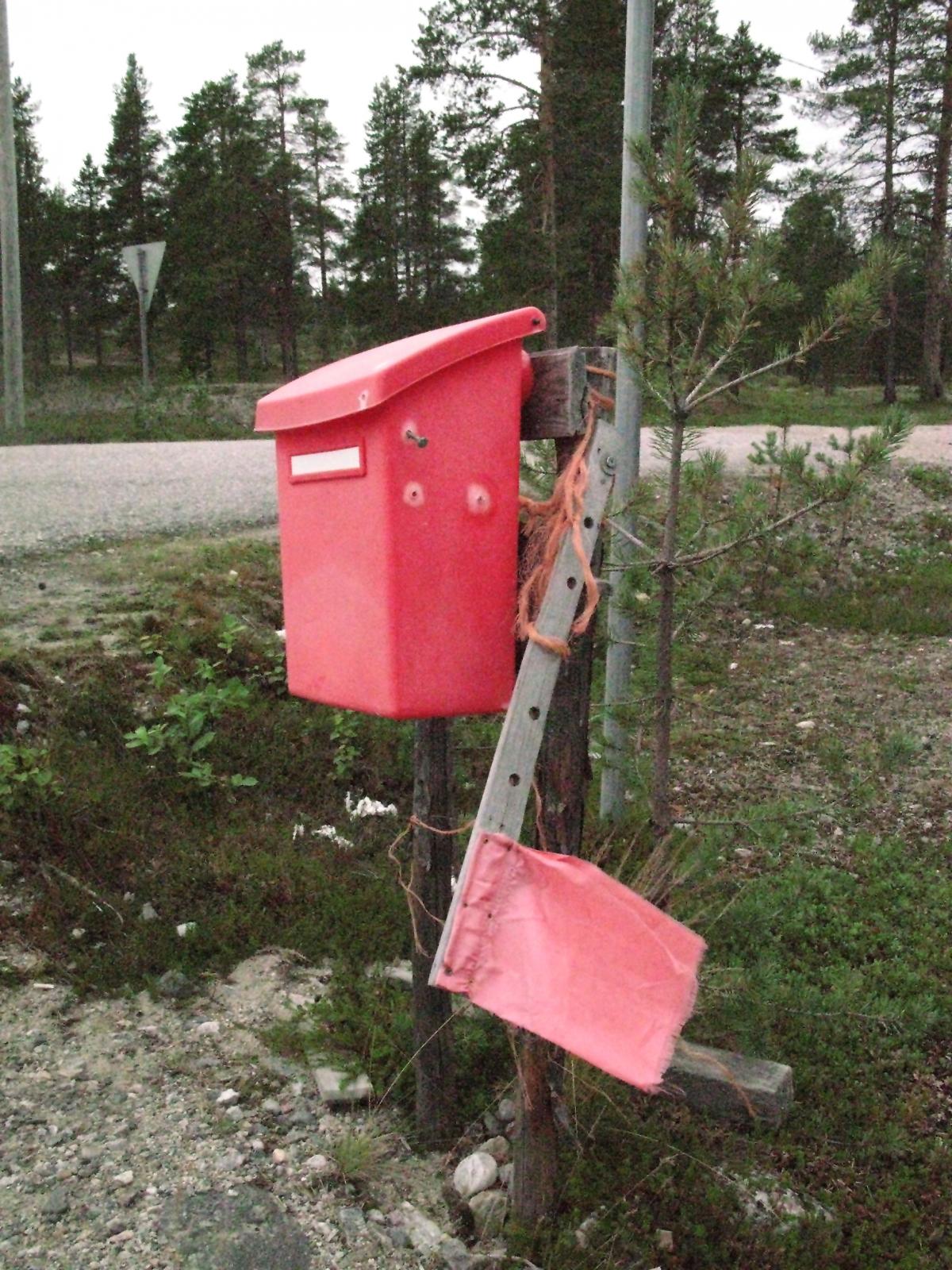
(Photo: Joar Nango & Silje Figenschou Thorese)
Näätämö, Finland
Houses in northern Finland are usually situated quite some distance from the road and hence from their mailboxes as well. Residents often modify their mailboxes with flags, the position of which—as set by the postman—can indicate whether it is worth making the trek out to the mailbox.
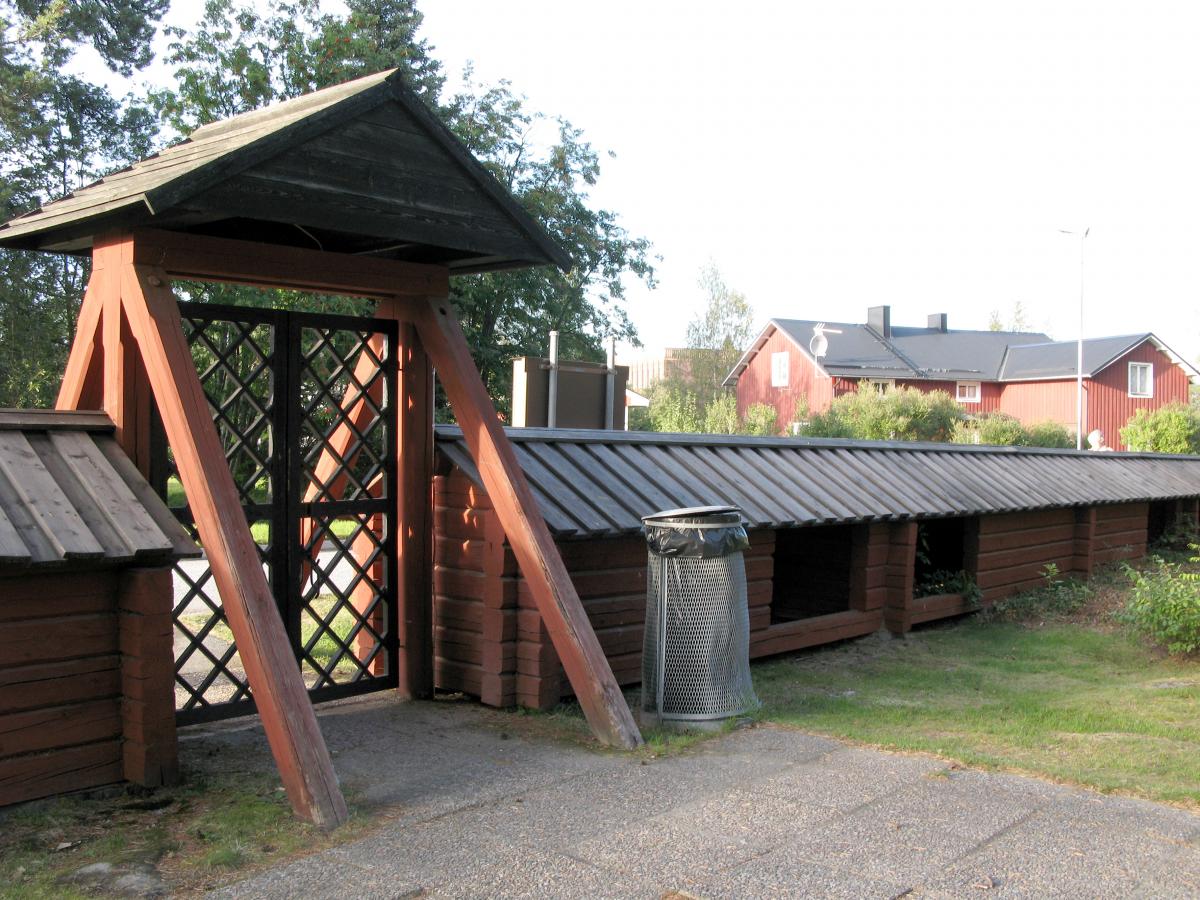
(Photo: Joar Nango & Silje Figenschou Thoresen)
Jokkmokk, Sweden
In Jokkmokk, people who died during the winter used to be put inside this specially constructed fence by the church, since their bodies could not be buried until the ground had thawed.
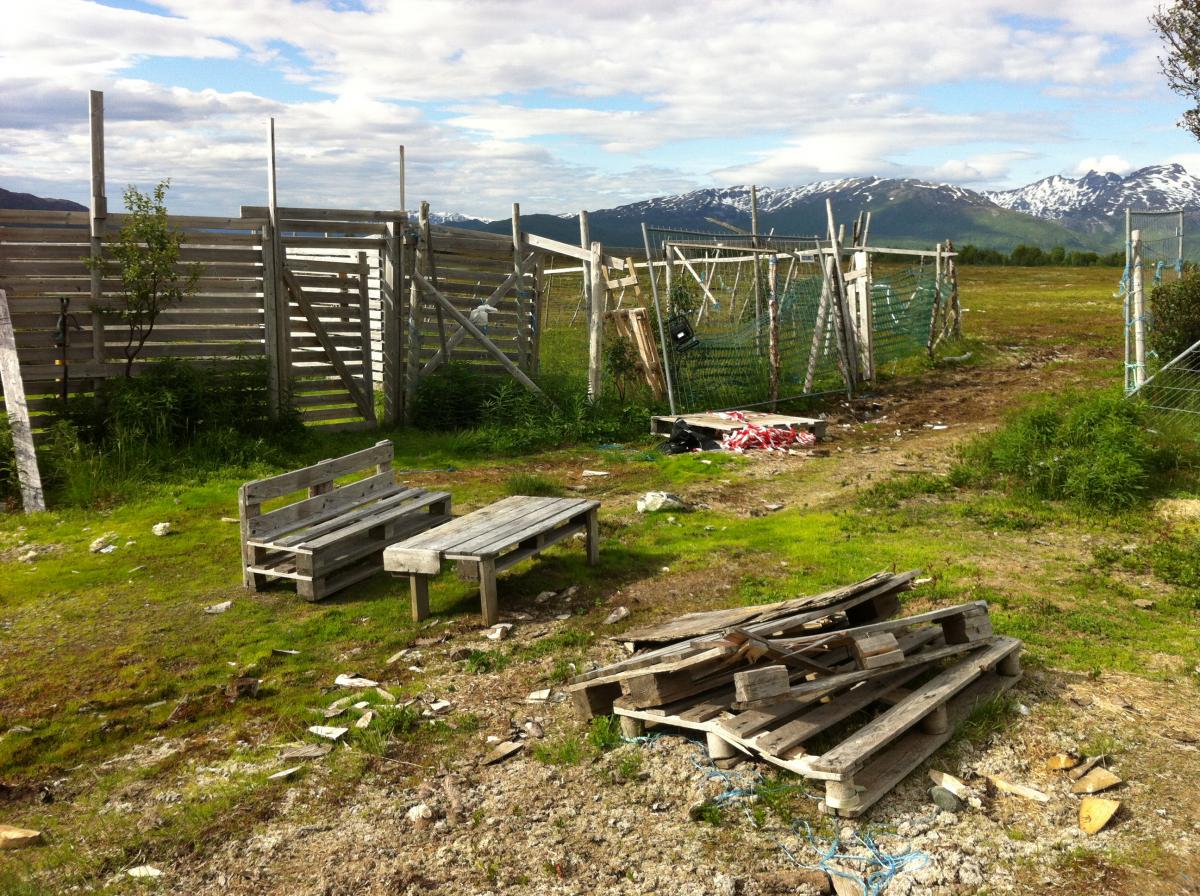
(Photo: Joar Nango & Silje Figenschou Thoresen)
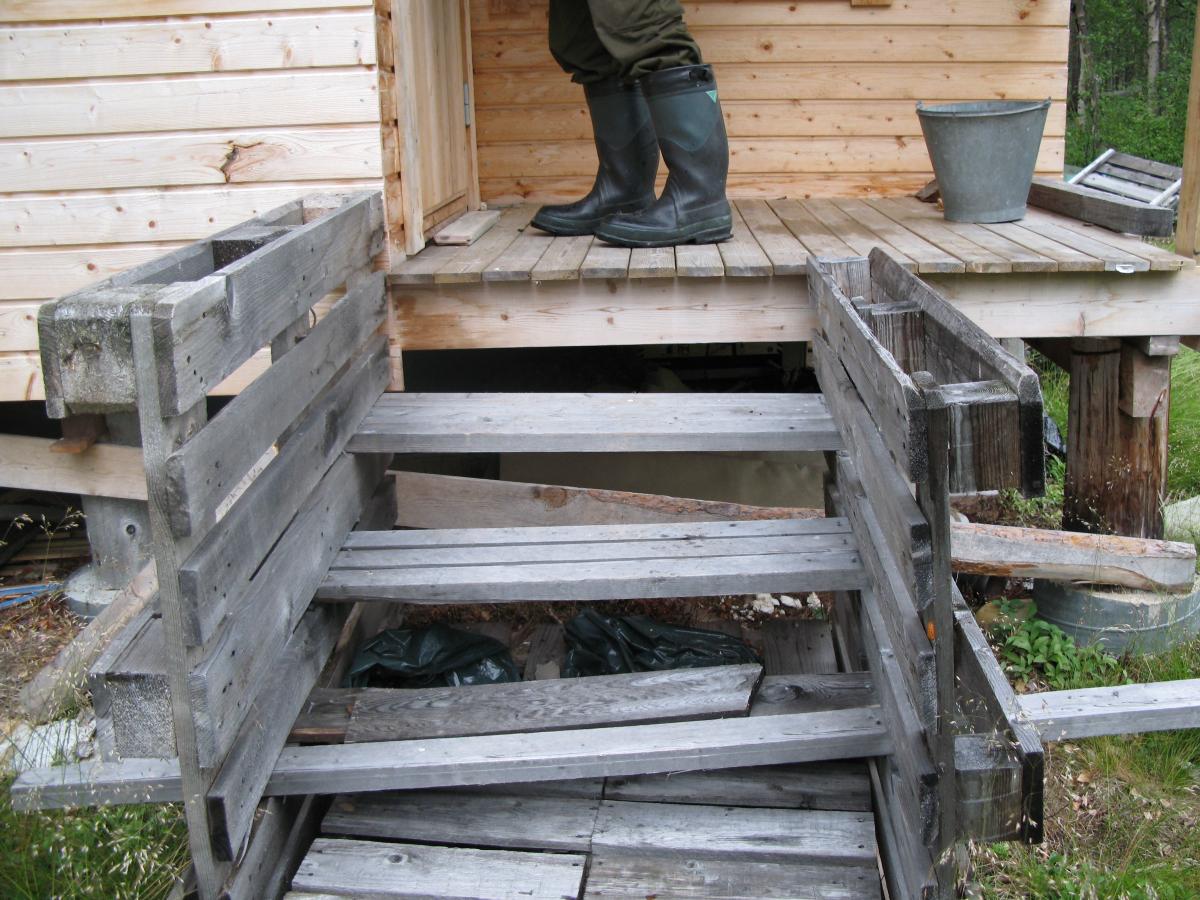
(Photo: Joar Nango & Silje Figenschou Thoresen)
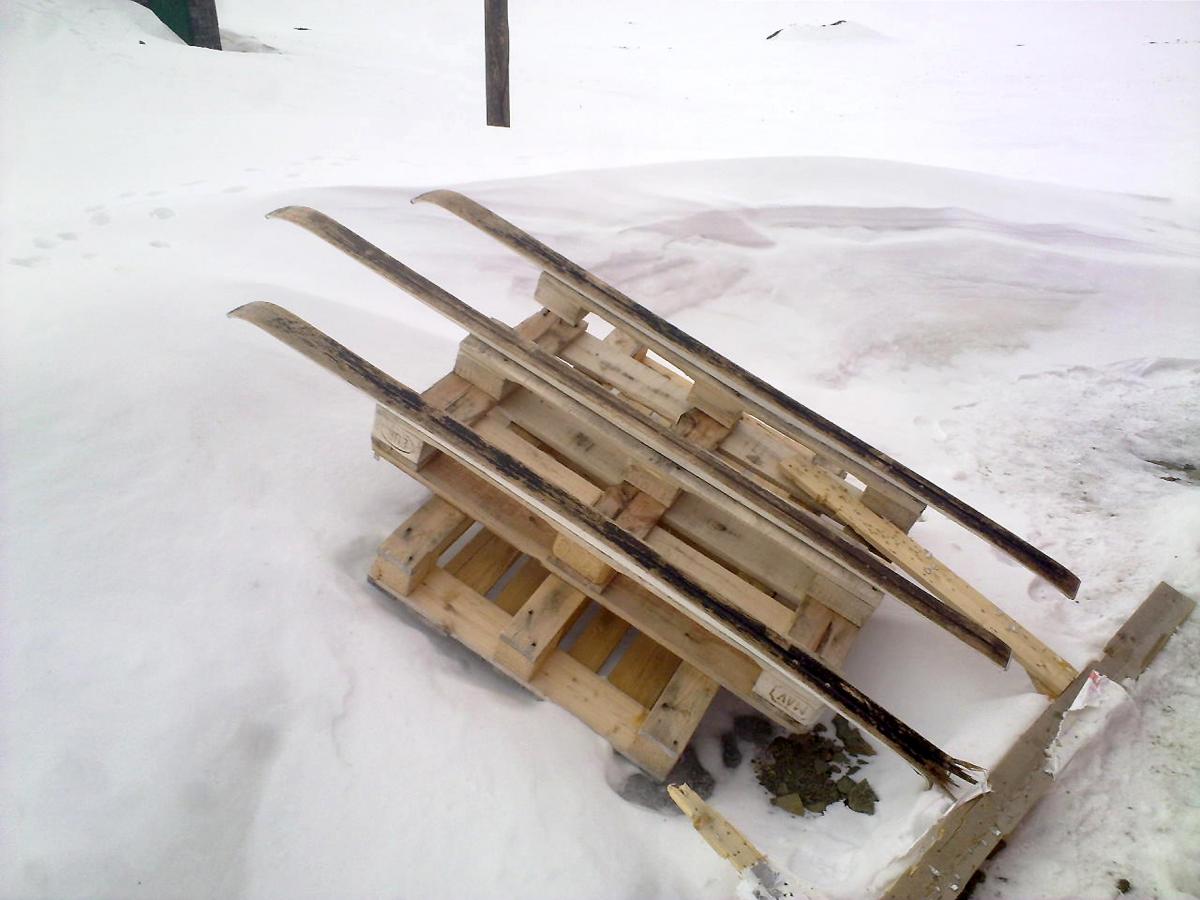
(Photo: Joar Nango & Silje Figenschou Thoresen)
Svalbard, Norway
Standard wooden pallets are everywhere and are used in a number of ways. Mounted on skis, they make a fine heavy-duty sledge. When the snow melts, they can also be transformed into outdoor furniture for reindeer herders, or temporary porch stairs.

